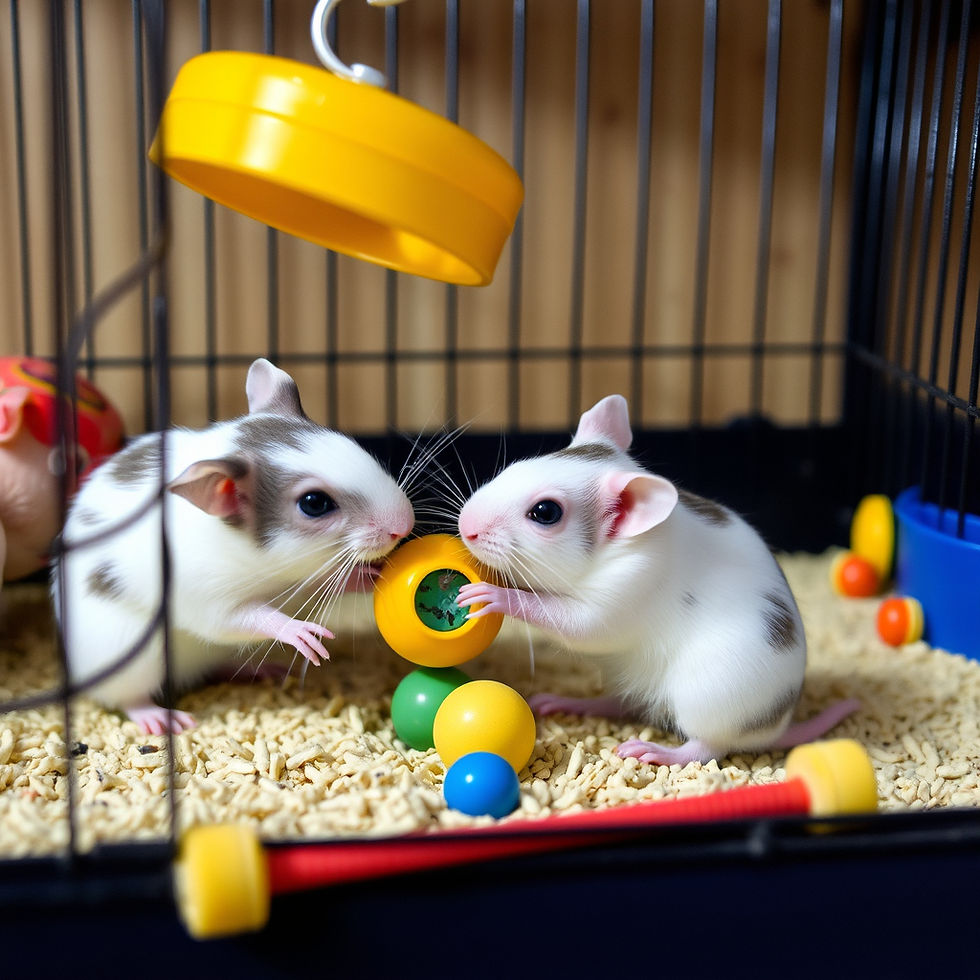Understanding the Alarming Stats About Teens and Pornography
- Matt Bulkley

- 3 days ago
- 3 min read
The numbers are clear and concerning: a large majority of teenagers have been exposed to pornography, often at a very young age. This exposure is not just common; it is frequently hidden from parents, creating a silent struggle for many families. Understanding these statistics is crucial for parents who want to support their children effectively.
The Reality Behind the Numbers
Recent studies reveal that 73% of teens aged 13 to 17 have watched pornography (Common Sense Media, 2022). More strikingly, 54% of these teens saw it by age 13, and 15% were exposed before age 11. This early exposure can have lasting effects on a young person’s development and well-being.
Gender differences are also significant. About 93% of boys and 62% of girls have seen pornography before turning 18. The environment of exposure is often unexpected: 41% of teens have watched it at school, a place parents usually consider safe.
What makes this issue even more difficult is that 71% of teens hide their viewing habits from their parents. This secrecy means many parents remain unaware of their child’s struggles, missing critical opportunities to intervene or offer support.
Recognizing the Warning Signs
Parents often miss the moment when pornography stops being just curiosity and starts to control their teen’s life. This turning point, sometimes called “The Glitch,” happens when a teen realizes the habit is no longer fun but feels compulsive.
Signs to watch for include:
Increased irritability or mood swings
Social withdrawal or isolation
Late-night phone or device use
Reacting with anger or shame can cause teens to shut down and hide even more. Instead, parents should approach the topic with understanding and openness.
Common Myths and the Truth About Pornography
Many parents believe myths that prevent them from addressing the issue effectively. Here are three common misconceptions and what research shows instead:
Myth 1: It’s just a personal choice.
Truth: Pornography hijacks the brain’s reward system similarly to addictive substances like cocaine. It can create compulsive behaviors that are hard to break.
Myth 2: It’s harmless stress relief.
Truth: While it might seem like a way to cope, quitting pornography often leads to increased anxiety and depression, showing its deeper impact on mental health.
Myth 3: No one gets hurt.
Truth: Pornography can distort relationships and damage self-worth, affecting how teens view themselves and others.
Why Teens Turn to Pornography
An experiment from the 1970s by Bruce Alexander offers insight into addiction. Rats kept alone consumed drugged water until they died, while rats in a stimulating environment with friends and toys ignored the drugs. This shows addiction is less about the substance and more about what is missing in life.
For teens, pornography often fills a void created by boredom, stress, or loneliness. Understanding this helps parents see that the solution is not just stopping the behavior but replacing it with meaningful activities and connections.

How Parents Can Help
The first step is recognition, not punishment. Parents should aim to:
Learn the signs of problematic use
Create a safe space for open conversations without judgment
Encourage healthy activities that build connection and purpose
Seek professional support if needed. Use the Recovery Toolbox for Teens for a structured approach to the therapy.
Research shows that teens who admit they have a problem and receive support are 50% more likely to recover (Journal of Substance Abuse Treatment, 2022). This highlights the power of understanding and help.
Moving Forward With Awareness
Parents face a difficult challenge, but knowledge is a powerful tool. By understanding the statistics, recognizing the signs, and breaking down myths, parents can better support their teens through this complex issue.
The key is to replace secrecy and shame with openness and support. When teens feel understood, they are more likely to seek help and build healthier habits.









Comments